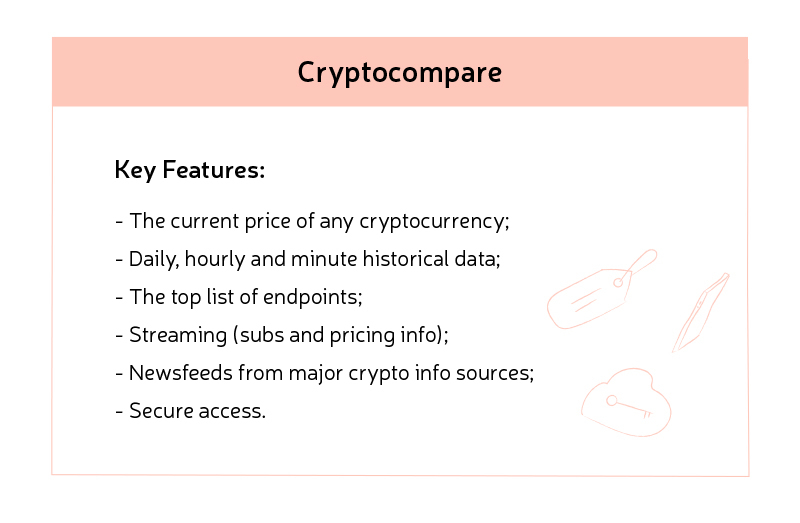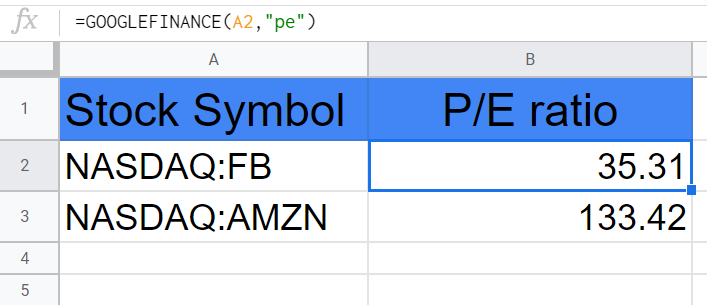
It generates an expected return on assets based in part on the beta of a security, or its covariance with the market. The model has helped investors determine how much compensation they should demand for holding a risky asset. Sharpe, who was awarded the Nobel Memorial Prize in Economic Sciences in 1990, the CAPM posits that investors are paid for both the time value of their money and the risk they assume in holding an asset. Largely developed by Stanford’s William F. The original factor-or the forerunner of factor analysis-is, in a sense, the capital asset pricing model. Is the factor industry an example of a good idea that has gone too far? Factors 101īefore there were 300 factors, there was just one, kind of.

That is, many of these factors may be redundant. Two portfolios that look different from each other-for example, one that overweighs small companies and another that is heavy on illiquid companies-could end up giving investors exposure to the same underlying risk. However, Feng, Giglio, and Xiu are skeptical that all these factors are useful. If an investor wants to have a truly balanced portfolio, she should do more than make sure she owns both stocks and bonds, and in theory she can use factors to make sure her investments truly represent a diverse basket of assets whose returns are driven by different things.īut are there really 300 separate characteristics associated with higher asset returns, or only a handful of things really driving stock prices? The hundreds of factors that appear in academic research are based on many possible company characteristics, which could, in theory, capture many types of risk.

City University of Hong Kong’s Guanhao Feng (a recent graduate of Chicago Booth’s PhD Program), Yale’s Stefano Giglio, and Booth’s Dacheng Xiu have collected and investigated over 100 of them-ranging from employee growth to maximum daily return.īut has the hunt for investable factors gone too far? Feng, Giglio, and Xiu are suggesting that it has. Harvey, Texas A&M’s Yan Liu, and University of Oklahoma’s Heqing Zhu have identified more than 300 factors in academic literature.
#FINANCE API FOR FINANCE TOOLBAR DRIVERS#
“Today, data and technology have democratized factor investing to give all investors access to these historically persistent drivers of return.” BlackRock’s site features an infographic that highlights 12 factors of importance, divided into two categories: macroeconomic (capturing broad risks across asset classes) and style (explaining returns in just one asset class).Īnd many dozens more are circulating, presumably keys to greater investment returns. Many long/short equity hedge funds have incorporated factor hedging into their strategies, and the proliferation of low-cost exchange-traded funds and index mutual funds has made factor-style investing accessible to the retail market.įidelity, Vanguard, and BlackRock all offer online explainers of factors, and BlackRock has a head of factor-based strategies who proclaims on the company’s website that “factor investing is the way of the future.” “Institutional investors and active managers have been using factors to manage portfolios for decades,” reads BlackRock’s pitch. The Maryland State Retirement and Pension System, a $52 billion plan that covers more than 400,000 workers and retirees, uses factor products. The investment firms AQR Capital Management and Dimensional Fund Advisors are prominent factor users. “Factors” is the catch-all term for the mechanisms that drive asset prices, and factors are being discovered almost as quickly as they can be packaged and sold to the waiting public.

Current case in point: the cycle involving investable factors. There’s a cycle in the finance world whereby good ideas become products, which sell well and spur demand for more good ideas.


 0 kommentar(er)
0 kommentar(er)
